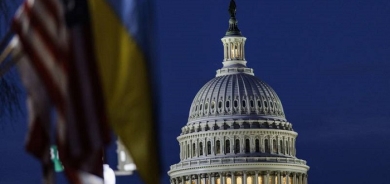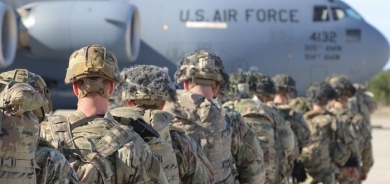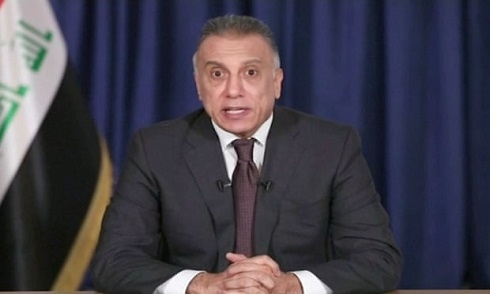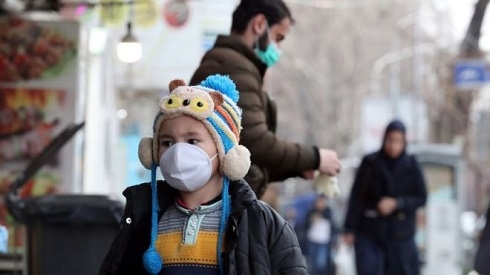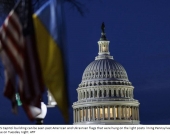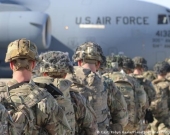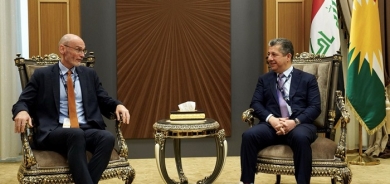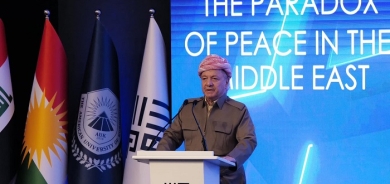Kurdish town bears scars, painful memories of Saddam's bloody reign
December 24, 2014
From Media
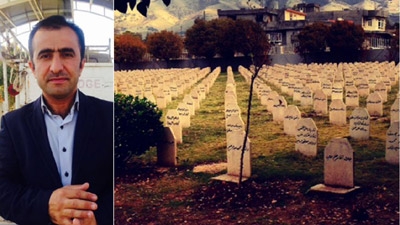
SULAYMANIYAH, Northern Iraq – On March 17, 1988, the morning after Saddam Hussein's Baath Party unleashed a tirade of chemical weapons, killing some 5,000 Iraqi-Kurds in the city of Halabja, a few brave photojournalists ventured into the city to ensure the brutal dictator’s atrocities would be documented for history.
Amid the death and destruction in the city, on the Iranian border, one photographer noticed a young boy – a foot raised and barely breathing – on a Dodge truck in the street. That glimmer of life in such a dire situation was a story cited in newscasts around the world in the ensuing weeks.
That little boy's entire family – three brothers, father and pregnant mother – lay dead in the truck beside him. His name was Akram Muhammad Mahmud, then a 10-year-old who would spend his next few years playing outside with relatives, longing to go back to school as soon as the Iraq-Iran war was over.
Nearly 27 years later, Akram works at the memorial site known as Halabja Monument and Peace Museum, which was constructed in 2003. On the anniversary of the attack in 2006, thousands of residents rioted at the site, protesting what was thought to be capitalizing on tragedy and misusing aid funds, and many of the archives were destroyed.
The monument was later rebuilt and today remains a hub of reflection and solace, poised against the Iranian mountainside, with several abandoned Baath party tanks sitting idly to one side. Inside, the iconic photographs taken in the immediate aftermath of the attacks have been re-created into life-sized images and statues. A mother clutching her dead baby, lifeless children strewn across pavements.
"We need to remind the new generation about what happened to this town, and we need to keep reminding them so it doesn't happen again," a softly spoken Mahmud told FoxNews.com, standing beside the very Dodge truck in which his family died, which now has a permanent place outside the Museum. "Sometimes I can't stop crying, every day I look at the pictures and am reminded that it is my family in those pictures."
To this day, Mahmud isn't quite sure how or why his life was spared and why he was the only survivor within the immediate area. He recalls instinctively placing his mother's scarf around his mouth for protection when he discovered "something felt wrong" and throwing up blood before his vision went blurry.
He remembers cars rolling over dead bodies as other victims in their last few minutes of life were vomiting green, some were visibly burning, while others laughed uncontrollably -- an eerie side effect of the lethal chemical cocktail of VX, sarin, tabun and mustard gas. Then there was the scores of doomed civilians who rushed the vehicle in the mayhem following the attack, only to fall off -- prompting the driver to repeatedly stop and help them back on until he too, exhausted and over-exposed to the toxins, fell beside the car's door for the last time.
The photojournalists took Mahmud under their wing until he reached the Iranian border, where he was hospitalized and later placed in a refugee camp, before being reunited with his grandparents, to whom he broke the grim news of his family's fate.
"The tragedy was so big that nobody felt like they were the only victim," he said. "What we can do now is understand the reasons why we have war outbreaks, and the slaughter of civilians must be stopped."
The mere mention of Islamic State, the militant group that has surrounded the semi-autonomous Kurdistan for much of the past year and subsequently kidnapped and slaughtered thousands of Yezidis, an ethnically Kurdish ancient civilization, brings noticeable pains to Mahmud 's face.
It's a feeling of persecution any Halabja survivor knows all too well.
Halabja was a thriving city of 80,000, known for its rich history and embrace of Kurdish culture. Its local politicians, artists and intellectuals were notoriously outspoken in demanding basic rights for the people of the semi-autonomous region of Kurdistan who had long been oppressed by Hussein’s regime. The chemical attack came in waning days of the Iran-Iraq war, as rumors circulated that Iranian forces were hiding out in the besieged town.
Today, Halabja remains a nostalgic, quiet place – haunted by the massacre that gutted the town. Beyond the thousands instantly killed in the attack, another 10,000 were injured and, in the ensuing years, thousands more have died from subsequent complications and birth defects. The impact of that fateful day is still reverberating.
"All these years later, thank God I am much better, but the effects of the chemical weapons are still here," Mahmud said. "Women's fertility has been largely affected, many miscarry their babies even all these years later."
The monument pays tribute to the journalists who dared enter the city and distributed the first images of the attack in Iranian newspapers and in television newscasts worldwide. But according to multiple Kurdish professionals who were living just 45 miles in the city of Sulaymaniyah, Hussein's censorship laws prohibited them from finding out about the brutal attack until three years later.
"We knew nothing about it until 1991, after my family fled to Iran," said one Kurdish local – who was around 8 years old when the incident took place.
The Iraqi Special Tribunal did not charge Hussein for crimes against humanity in connection to Halabja. His cousin, Ali Hassan al-Majid, who commanded Iraqi forces in the country's north at that time, was finally executed in 2010 for his role in organizing the massacre.
Down the road from the monument lies a mass gravesite, the names of the victims etched across the thousands of headstones. There is no welcome sign, just one large and chilling reminder:
"Baath's Members are not allowed to enter," it reads.
Mylee Cardenas and Jwan Saleem contributed to this report.

